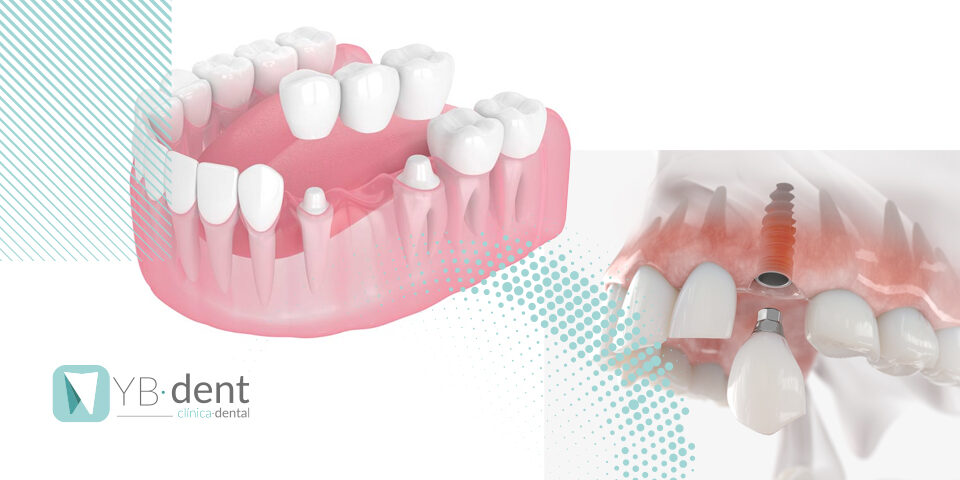Cómo tratar el dolor de muelas en el embarazo

El embarazo es una época de cambios físicos y mentales y nuestra boca no se libra de ellos.
El dolor de muelas es uno de ellos, pero ¿por qué ocurre esto? Te contamos sus causas, así como todo lo que debes hacer para aliviar esta molestia en la boca durante la gestación.
Causas del dolor de muelas en el embarazo
El dolor de muelas en el embarazo es de lo más normal y relativamente frecuente. puede aparecer por la combinación de varios factores propios de esta etapa. Los más comunes son los siguientes:
Los cambios hormonales, el descuido de la higiene dental por las náuseas o los antojos, son los principales culpables del dolor de muelas durante la gestación.
A su vez, el aumento de progesterona y estrógenos hacen a la embarazada más susceptible a la placa bacteriana y el aumento de la irrigación sanguínea en todo el cuerpo dan lugar a la inflamación y sangrado de las encías o gingivitis gestacional.
También estos cambios hormonales dan paso a un aumento de la sensibilidad de los dientes, sobre todo al consumir alimentos fríos.
Otra de las causas del dolor de muelas en el embarazo es la caries dental. La higiene oral deficiente, la dieta rica en carbohidratos y azúcares, las náuseas y el reflujo ácido predisponen al daño de los tejidos duros de las piezas dentarias.
Estos síntomas son los más comunes durante este período de la mujer, pero también el dolor puede estar asociados a otras causas, como tener un diente partido, un absceso bucal, caries o simplemente la aparición de las muelas del juicio.
Evita el dolor de muelas en el embarazo con estas recomendaciones
Durante los nueves meses de gestación se pueden mantener unos dientes saludables. Con estas recomendaciones, podrás disminuir la posibilidad de sufrir dolor de muelas ¡Toma nota!
Hábitos de higiene correctos
Tener una correcta higiene dental durante el embarazo es aún más importante. Eliminar la placa bacteriana y evitar su acúmulo disminuye el riesgo de sufrir caries y que las encías se inflamen.
El cepillado dental se debe realizar 2/3 veces al día durante 3 minutos. Lo ideal es usar un cepillo de cerdas suaves y una pasta dental con flúor. Completa tu rutina de higiene bucal con la ayuda de algún antiséptico bucal apto y con cepillos interdentales o en su defecto hilo dental, que al menos debes utilizar una vez al día, justo antes de acostarte.
Cuida tu alimentación
Mantener una alimentación equilibrada, variada y rica en nutrientes, como proteínas, vitaminas, minerales, fósforo y calcio, cuida la salud de la madre y el feto.
Es conveniente evitar los alimentos ricos en azúcar, como las golosinas, bollería o refrescos.
Beber abundante agua
Durante la gestación es importante hidratarse correctamente. ¿el motivo? Los cambios hormonales propios de esta etapa pueden provocar sequedad bucal o xerostomía.
Esta falta de saliva en la boca es incomoda, pero también favorece la aparición de las caries.
¿Son seguras las visitas dentales durante el embarazo?
Si alguna vez te has preguntado si es seguro acudir al dentista durante el embarazo, tienes que saber que es completamente seguro. Sin embargo, lo ideal es posponer los posibles tratamientos dentales hasta después del parto, cualquier procedimiento urgente como un empaste, una endodoncia o una extracción.
Se aconseja visitar al dentista en cada trimestre para realizar controles y detectar cualquier problema que haya en la boca. De esta manera, se pueden programar los tratamientos para el mejor momento, realizar limpiezas para cuidar las encías y recibir los consejos pertinentes para mantener la cavidad oral sana.
Desde Clínica YB-dent te recomendamos qué si estás embarazada y sufres de dolor de muelas, acudas al dentista para que pueda identificar la causa e iniciar el tratamiento correspondiente.
Si tienes alguna duda, no dudes en visitarnos en C/ Viver 25, 46020 Valencia. Además, nuestros teléfonos de contacto son los siguientes: 961 672 098 / 696 556 977.



